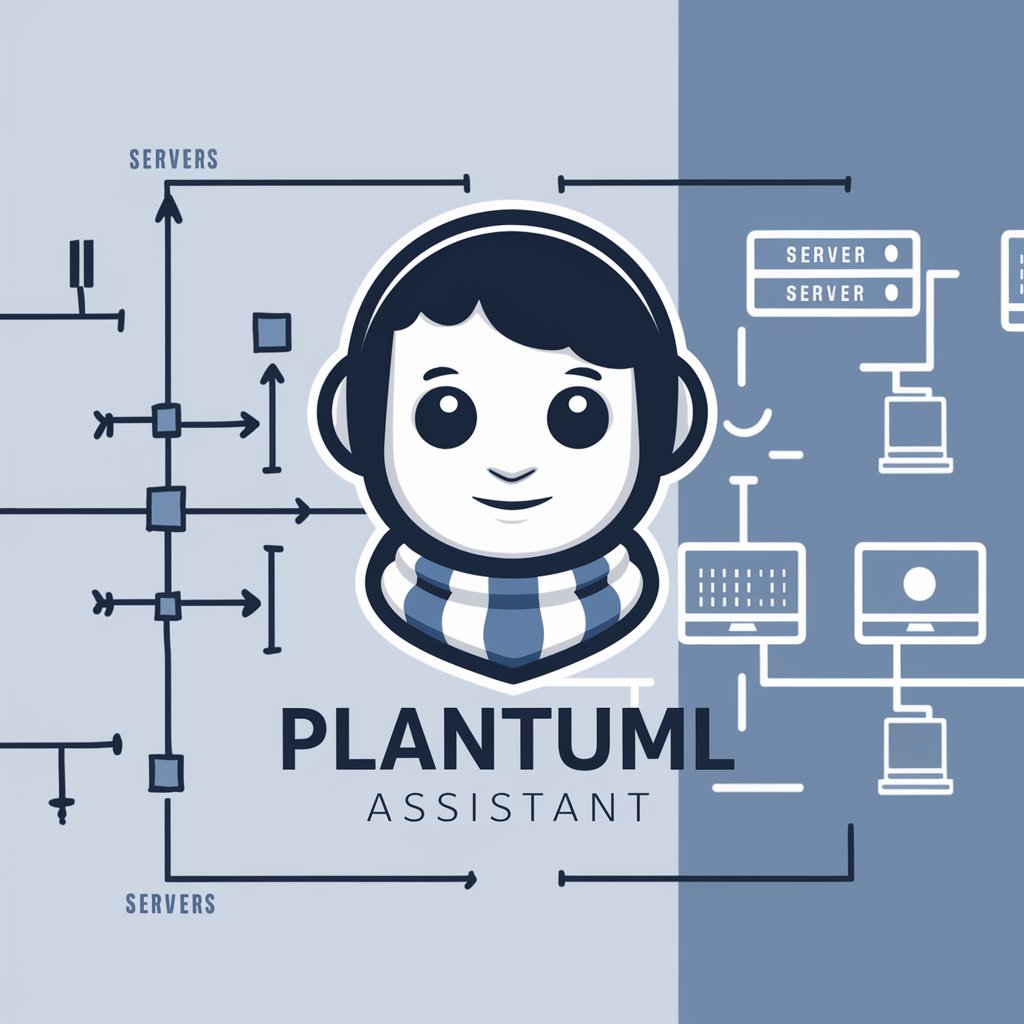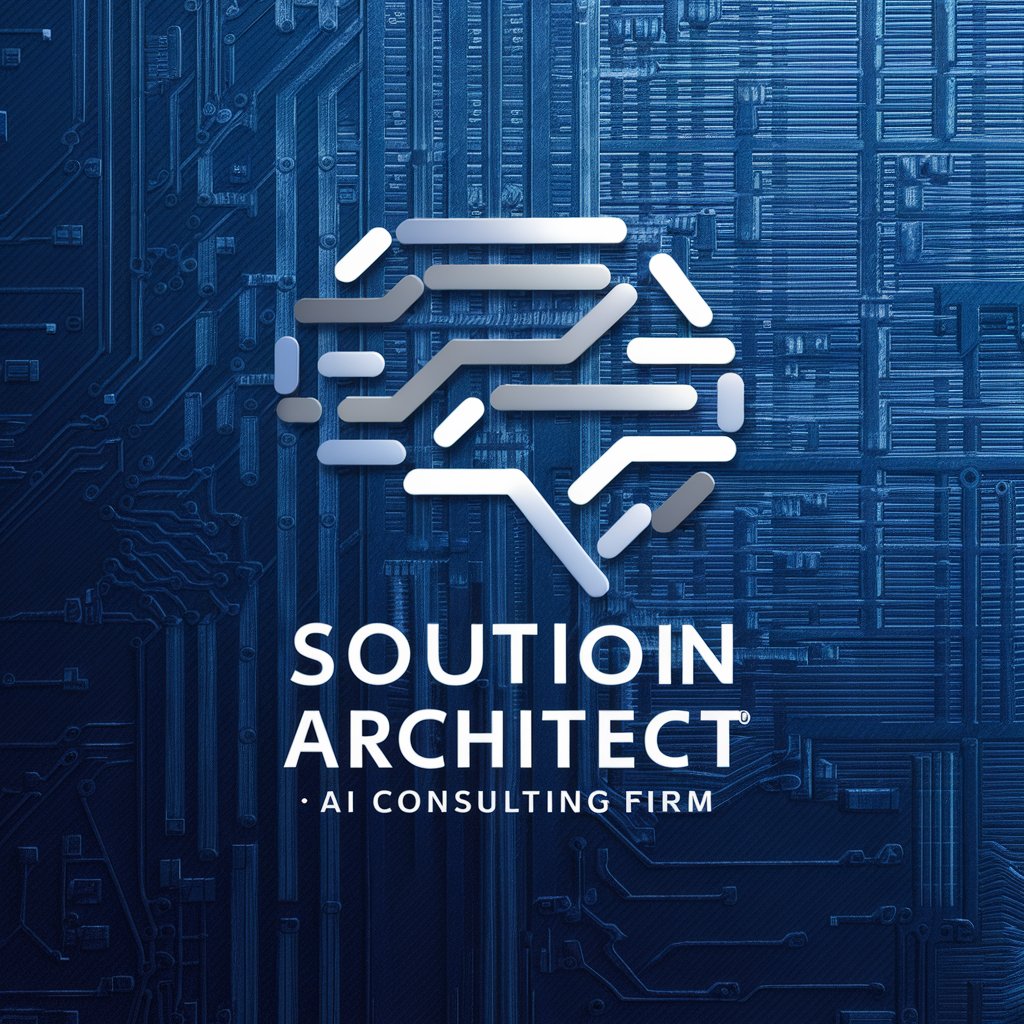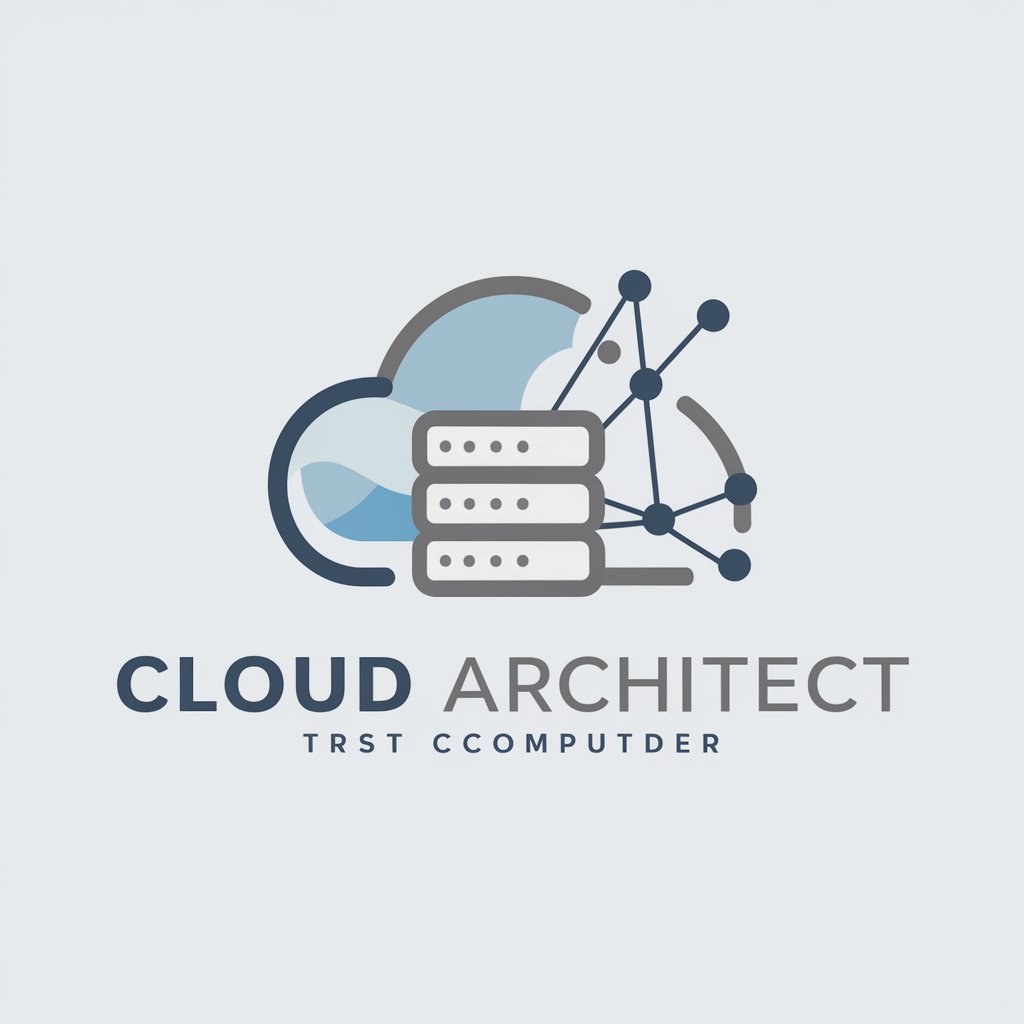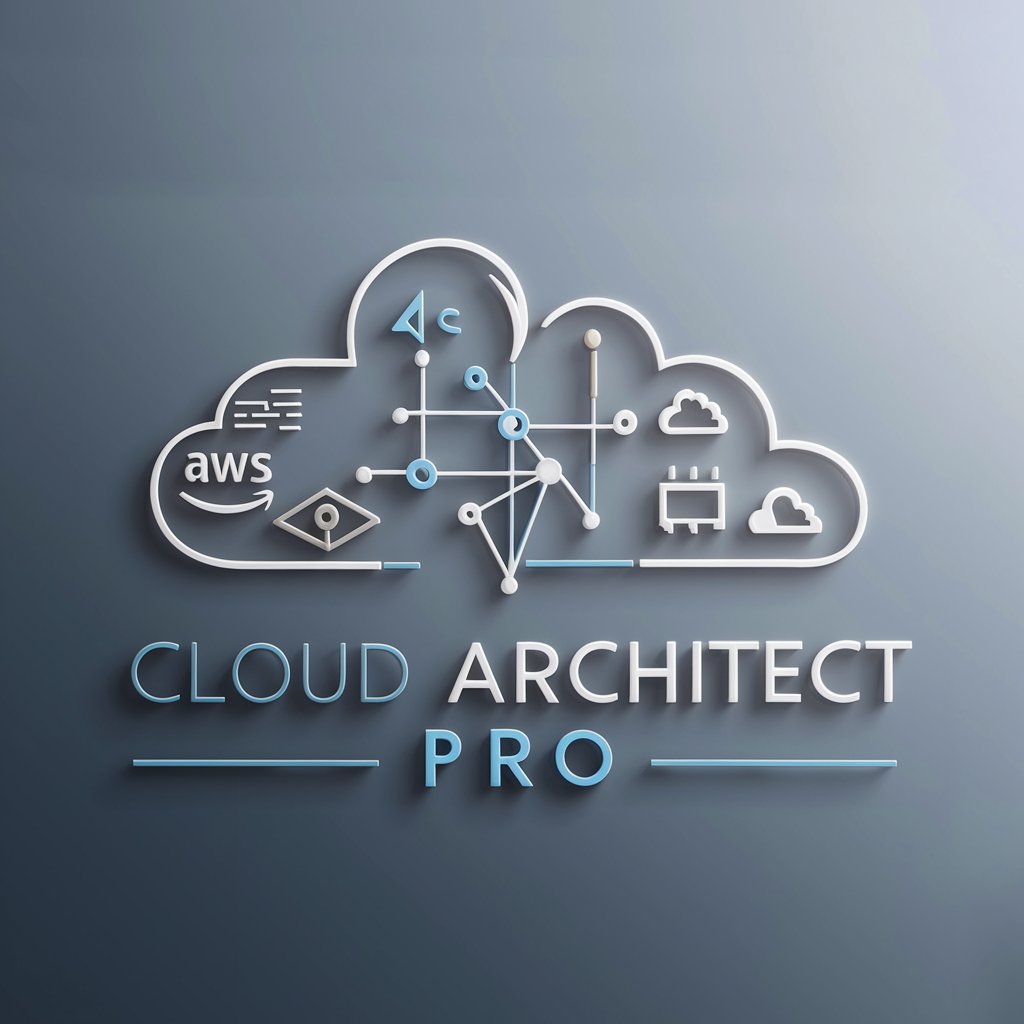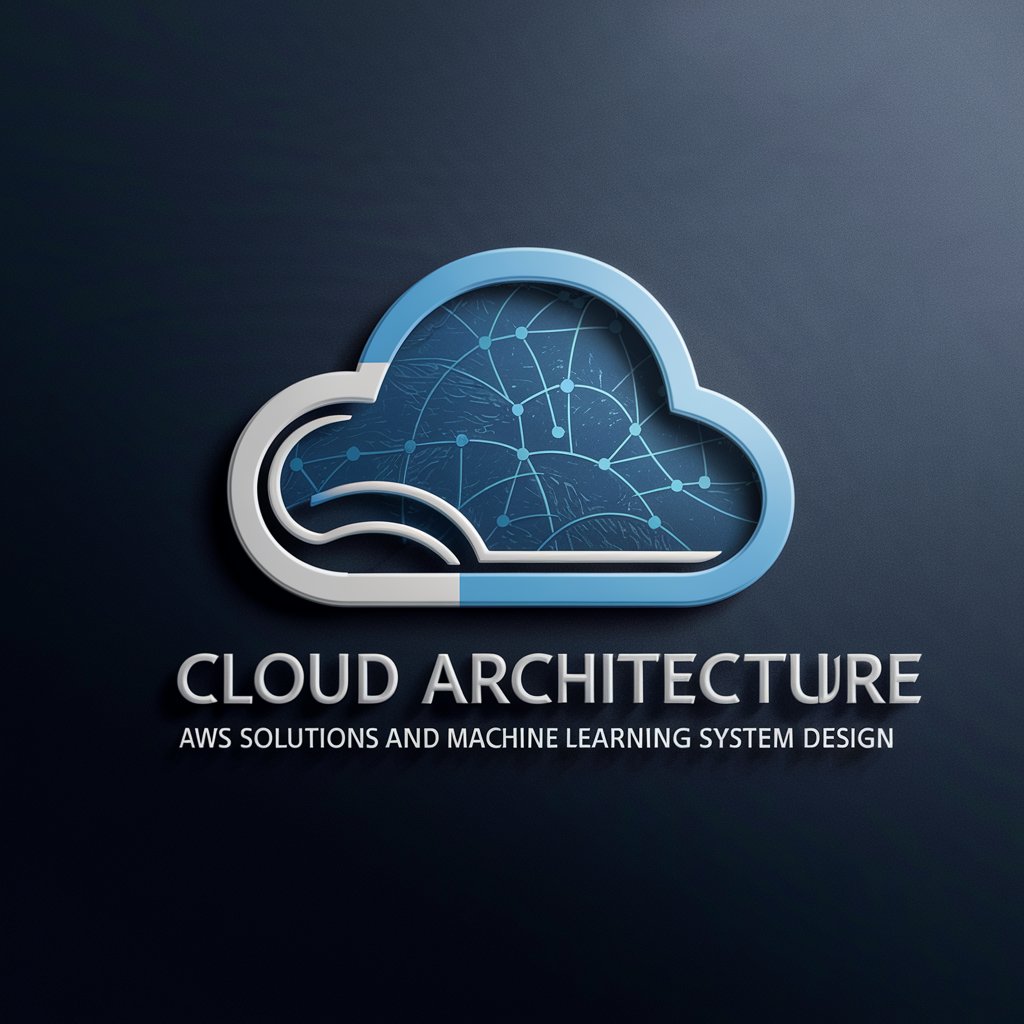
Software Architecture - Cloud Native - Visual - cloud-native architecture tool

Welcome! Let's dive into cloud-native architecture.
Visualize architecture, powered by AI
Explain the benefits of a microservices architecture in cloud-native applications.
Compare the features of Kubernetes and Docker Swarm for container orchestration.
Describe best practices for designing scalable cloud-native applications.
Discuss the importance of observability and monitoring in cloud-native systems.
Get Embed Code
Overview of Software Architecture - Cloud Native - Visual
Software Architecture - Cloud Native - Visual is designed to assist in the planning, design, and optimization of cloud-native software architectures. It focuses on creating scalable, reliable, and efficient cloud-based applications by leveraging the principles of cloud-native development such as microservices, containers, orchestration, and continuous delivery. This tool is particularly useful for visualizing complex architectures and providing detailed guidance on implementing these designs using technology agnostic approaches. An example scenario where this tool proves invaluable is in the design of a microservices architecture for an e-commerce platform, where it can outline and visualize service interactions, data flow, and deployment strategies across multiple cloud environments. Powered by ChatGPT-4o。

Core Functions of Software Architecture - Cloud Native - Visual
Architecture Visualization
Example
Use PlantUML to create C4 model diagrams that detail the layout of microservices within a cloud environment for a logistics company, illustrating how services such as order tracking, inventory management, and route optimization interact.
Scenario
In a scenario involving the transition from a monolithic architecture to microservices, the tool can generate diagrams that help stakeholders visualize the division of components and the new communication patterns that will exist.
Best Practices and Patterns Guidance
Example
Provide a comparative analysis of different messaging systems like Kafka, RabbitMQ, and AWS SQS, including scenarios showing which system might be best depending on the use case such as high throughput, guaranteed delivery, or ease of use.
Scenario
A fintech company needs to implement an event-driven architecture to handle real-time transaction processing. The tool offers guidance on choosing and implementing the appropriate event brokers and patterns to ensure system reliability and performance.
Performance Optimization
Example
Suggest performance improvements for a cloud-based video streaming service by analyzing current resource utilization and proposing optimized configurations for scaling, caching, and load balancing.
Scenario
For a video streaming service experiencing high latency during peak hours, the tool can model different scaling strategies and their impact on latency and costs, aiding in decision-making.
Target User Groups for Software Architecture - Cloud Native - Visual
Cloud Architects
Professionals responsible for designing and implementing cloud solutions would find this tool invaluable for creating detailed architectural designs, ensuring best practices are followed, and optimizing resource utilization.
Software Developers
Developers working on cloud-native applications can utilize this tool to understand better and contribute to the overall architecture of the projects they are involved in, ensuring they are building scalable and maintainable systems.
IT Decision Makers
CTOs, CIOs, and other decision-makers can use this tool to visualize the potential impacts of architectural decisions, manage technical debt, and align technology strategies with business objectives.

How to Use Software Architecture - Cloud Native - Visual
Begin your trial
Visit yeschat.ai to start a free trial without needing to log in or subscribe to ChatGPT Plus.
Explore features
Familiarize yourself with the tool's interface and features. Check out the documentation and tutorials available to understand the basics of cloud-native software architecture visualization.
Identify your needs
Determine the specific architecture challenges or design patterns you want to explore or visualize using the tool. This helps in effectively utilizing its capabilities.
Utilize visual aids
Use the PlantUML integration to create and modify C4 model diagrams that clearly represent your system's architecture, improving clarity and communication within your team.
Apply best practices
Incorporate cloud-native best practices as suggested by the tool into your architecture designs to enhance scalability, reliability, and efficiency of your applications.
Try other advanced and practical GPTs
Neo4j Cypher Wizard
AI-driven graph database management
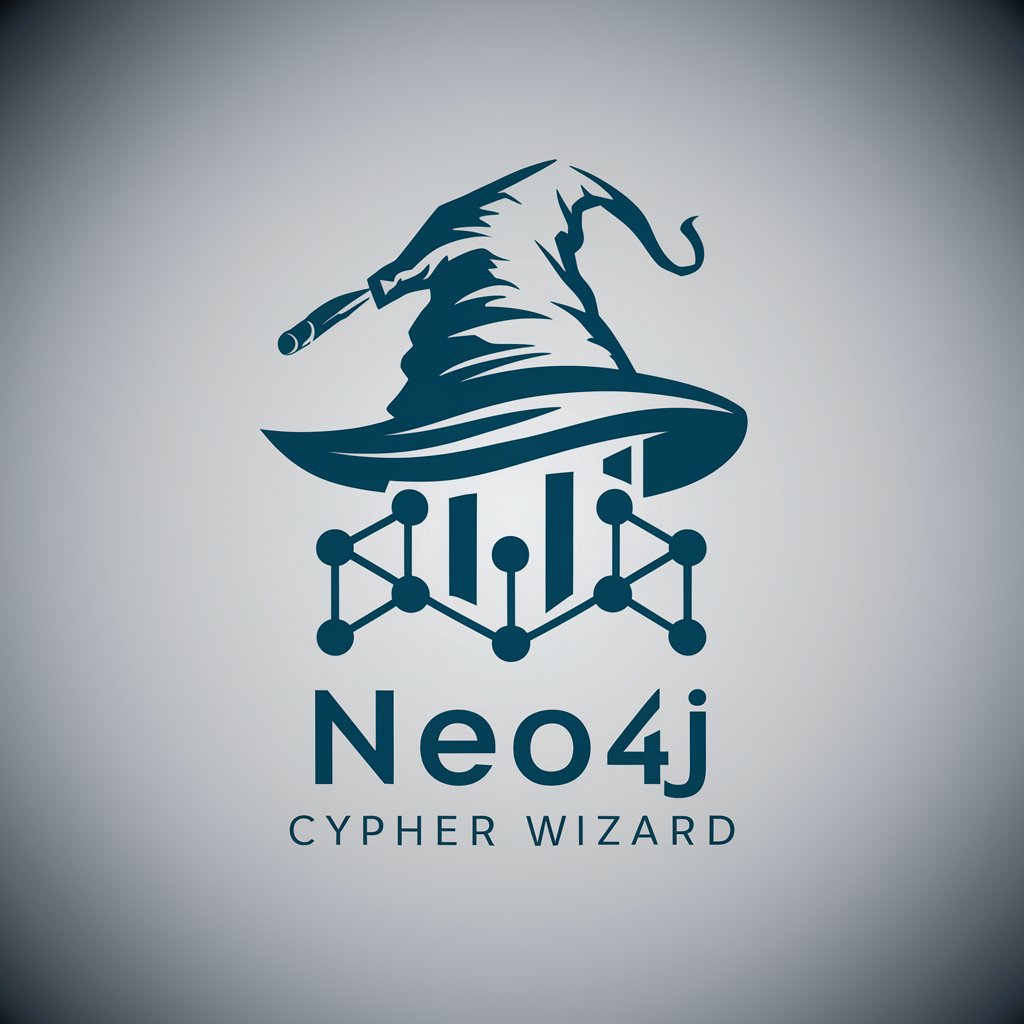
Hook Hound
Craft Viral Hooks Instantly

코인 GPT
Empower your crypto decisions with AI

Deep Learning Code Mentor
AI-Powered Deep Learning Assistance

Deep Reinforcement Learning
Empower AI with Deep Reinforcement Learning
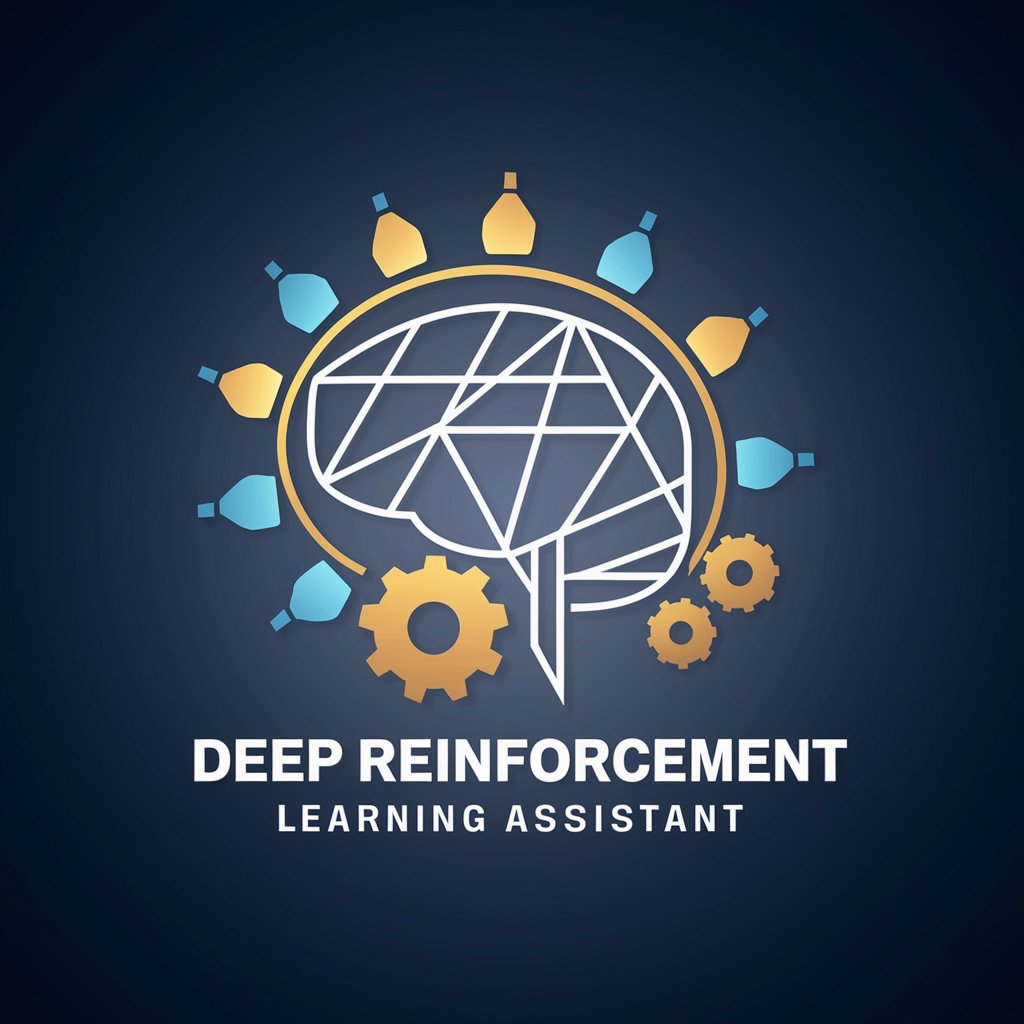
Lora
Empower Your Decisions with AI

OER & EER GPT Pro
AI-Powered Military Evaluation Guidance
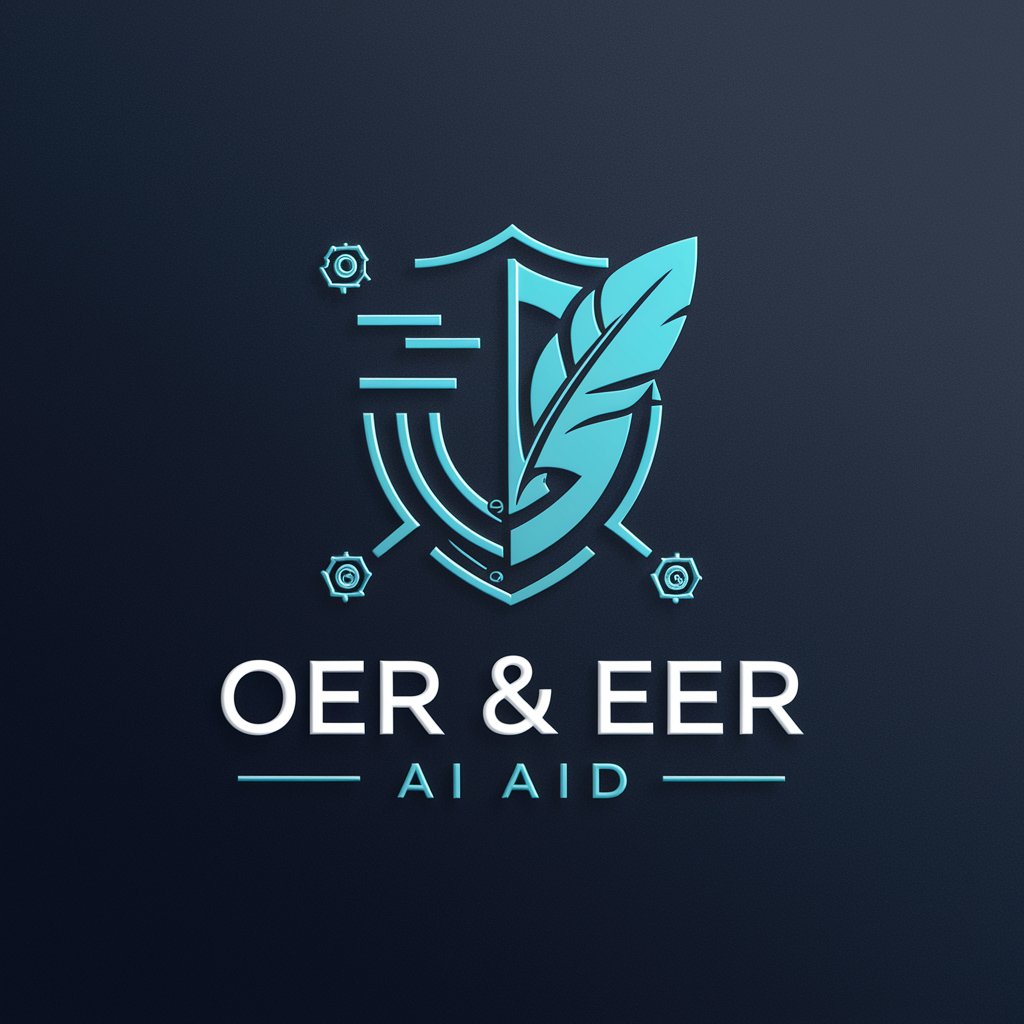
Su's Work Space
AI-Powered Full-Stack Development Support

network
Empower Your Network with AI

Scene Prompt Creator
AI-Powered Scene Prompt Generation
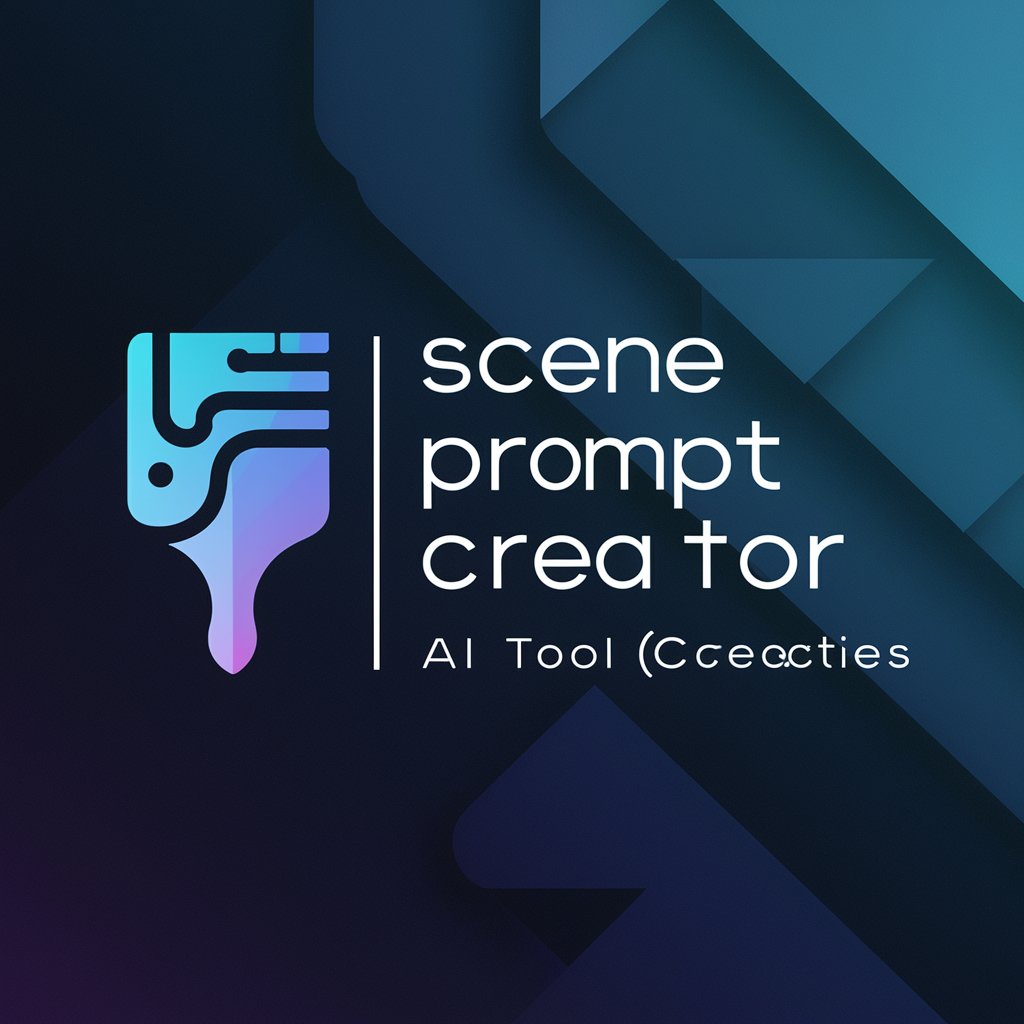
BTC AI
Empowering Bitcoin Decisions with AI

Public Insight CPV Code Explorer
Decoding Business Potential with AI

Frequently Asked Questions about Software Architecture - Cloud Native - Visual
What is PlantUML integration in the context of this tool?
PlantUML integration allows users to visually represent software architectures using the C4 model within the tool. It facilitates the creation and sharing of diagrams that accurately depict different layers and components of software systems, enhancing collaborative design efforts.
Can this tool help with evaluating cloud service providers?
Yes, this tool helps users evaluate various cloud service providers by allowing them to model potential architectures on different cloud platforms, comparing the pros and cons of each in terms of scalability, reliability, and cost-efficiency.
How does the tool handle changes in cloud-native technologies?
The tool regularly updates its feature set and guidelines to align with the latest cloud-native technologies and standards as defined by the CNCF, ensuring users have access to current best practices and new architectural patterns.
What are the advantages of using this tool for microservices architecture?
This tool offers significant advantages for microservices architecture by providing clear visualization, dependency tracking, and scalability options that help in managing complex systems with numerous loosely coupled services.
How can academic institutions benefit from this tool?
Academic institutions can use this tool to teach advanced software architecture principles. It allows students and researchers to practically apply their knowledge by designing, visualizing, and assessing complex architectures within a cloud-native context.
